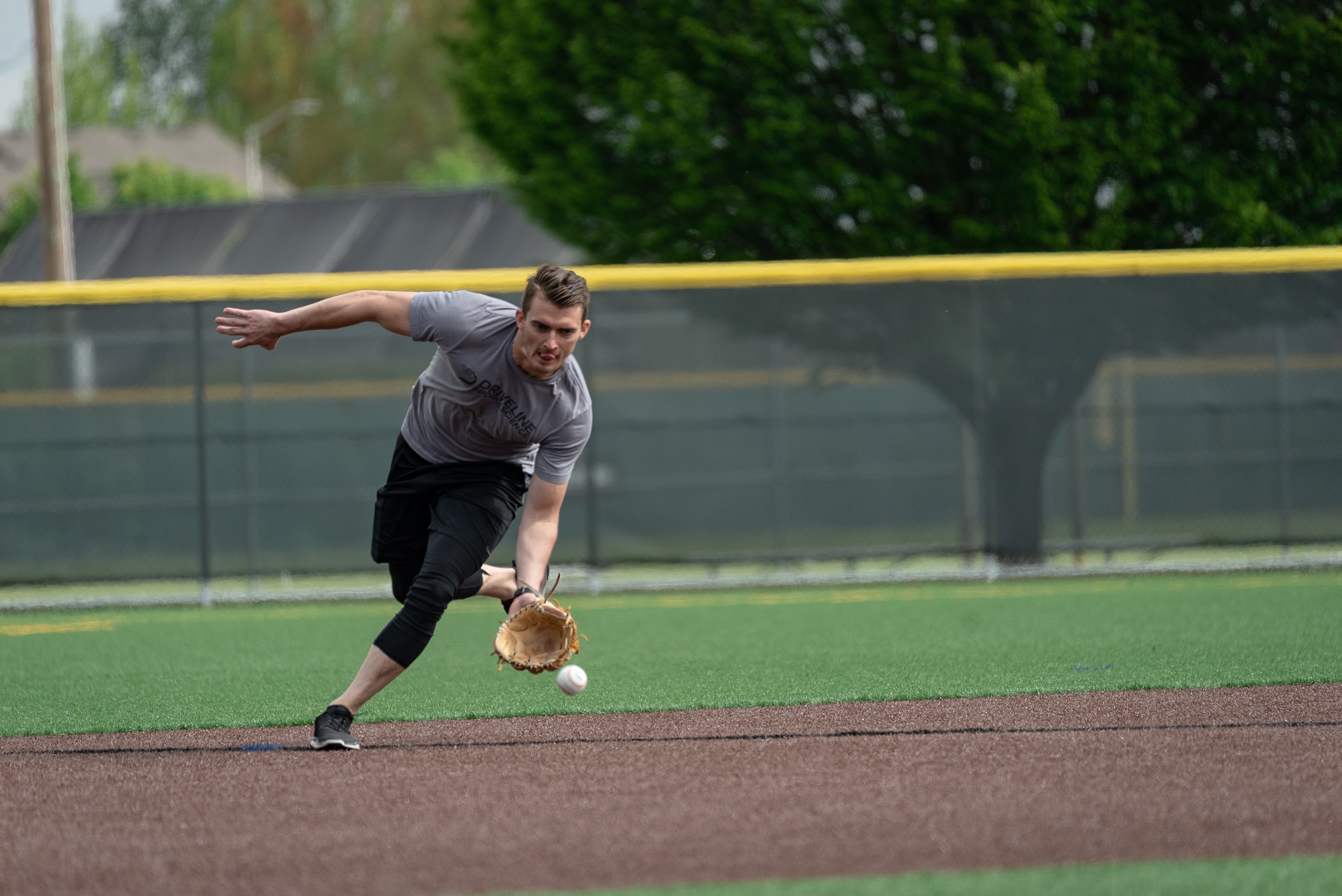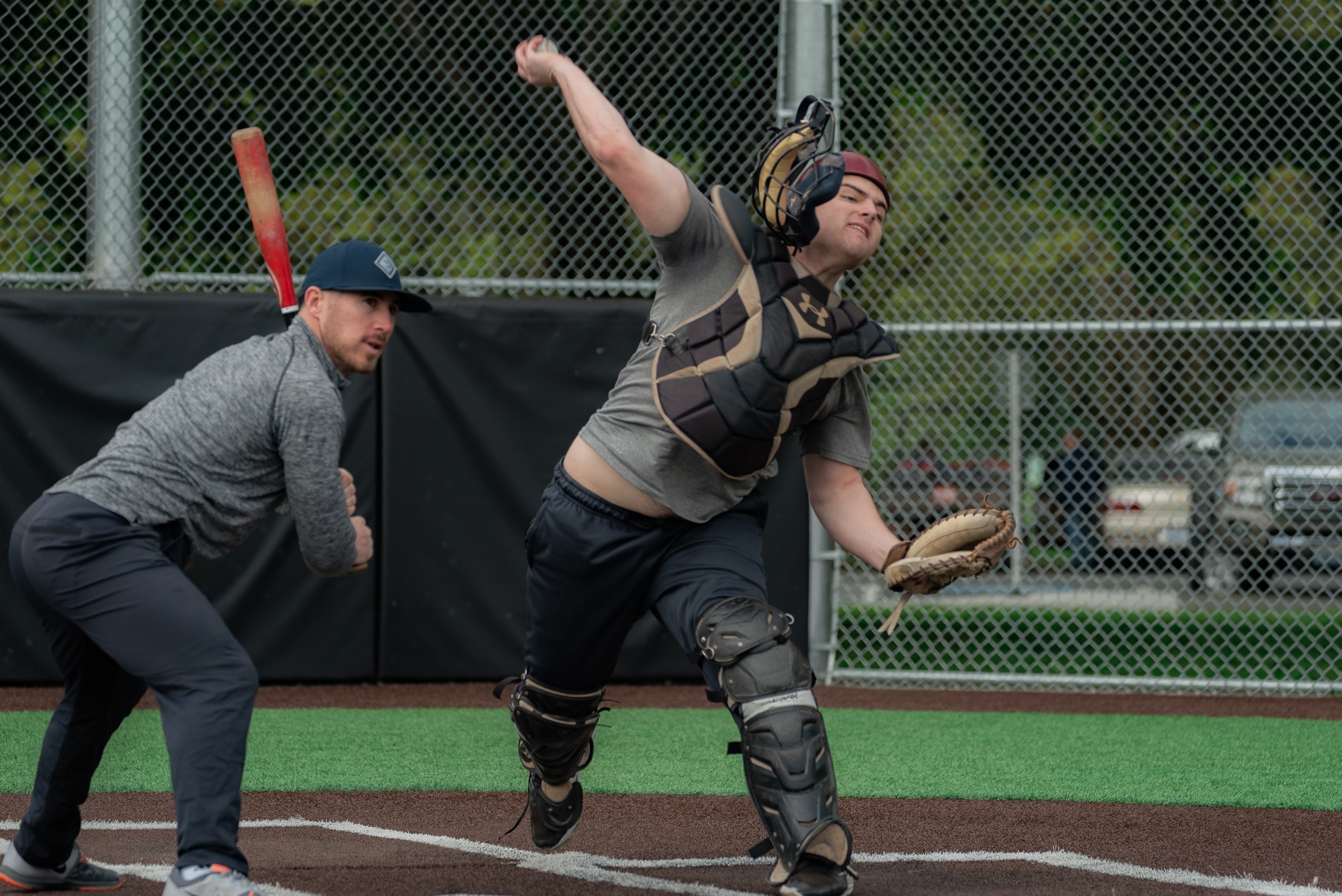Using a Test/Retest Model for Position Players

At the end of each summer, players return from their summer teams or training regiments to their respective schools. Each player tends to use his time in the off-season a little differently. He can go off to the Northwoods and play 70+ games, cover his windows with trash bags to get sleep in the Canada league, lift 7 days a week, or just take a couple extra classes and hang out. The thing about the college off-season is that it’s not nearly as structured nor much of a commitment as most college programs. So when players return, the coaching staff has a general idea of their team’s abilities but doesn’t know exactly what they will be getting in terms of skill for their fall roster. Maybe a couple guys come back tearing the cover off the ball, maybe a couple arms have gained some velo or developed a new pitch, maybe there’s the two guys who gained 10 lb. of bad weight or the incoming class is typically a crap shoot on how they initially will perform at a new school.
From my experience with current and ex-college players, players returning to school come in for a somewhat formal team meeting with the coaching staff. Usually, the new guys have to say their names and where they’re from. Coaches talk about the plan for the fall and their goals for the upcoming season. Then it’s off to the weight room where the strength coaches run the players through a baseline strength test. This often consists of pull-ups, squats, deadlift, 60 yd timed run (rare), bench press (rare), jump height, and body weight. Those tests hopefully are used to create a baseline for each athlete’s lifting program for the upcoming fall, but generally are never retested to see any physical gains.
Then, the first week of practice will start with the coaches beginning to “implement the program.” This can be extremely valuable in terms of setting expectations and having the correct attitude in a practice setting. To look at the big picture, this first week should focus on gathering information and setting expectations for the season. It’s vital, but we tend to think that some of this time gets misplaced. Much of the time is used to show who goes where on the five different bunt D packages, ball in dirt reads, running through and taking turns at 1st, what foot to lead off the base with, etc. These are all things that, even if you think should be high priority, could be taken up with other practice time.
The Value of the Assess/ Retest Model
Now, the strength staff does a pretty good job of running the players through some form of diagnostic testing. Why doesn’t the baseball staff do the same? Players have “team lifts” two to three times a week, but they are on the field close to six times a week. Why is there no test/retest to see if they’re actually improving on the field?
People enjoy proof that they’re getting better, so when I was told “the stronger you are, the better you will perform,” I really started to chase numbers in the weight room. I got a lot better at lifting heavy things, but I can’t say I got just as good at the game of baseball. There isn’t a great reason for the test/retest model not to move to the playing field; a little more planning and structure is all that’s needed.
So what if we gave players the same test/retest in the game they are competing in? Most coaches during the first week let their guys get acclimated to new faces and “knock the rust off.” This is the perfect time to assess.
Players can be taken through a movement screen, whether it be OnBaseU, FMS, or TPI. Their batted balls can be tracked via HitTrax, Hitting Rapsodo, or a radar gun, if needed. They can be given a bat sensor to track swing metrics (bat speed, attack angle, etc.) with Blast Motion or Diamond Kinetics. They can be run through biomechanics to look at their sequencing, posture, rotational speeds, and body positions via K-Motion or, if you’re lucky, the college’s biomechanics lab.
These assessments will show each player what he excels at and what needs work. Think about the importance that would have to someone entering his senior year with hopes of getting signed. This also can give the coaching staff an idea for how they want to plan out their fall season. Maybe 14 of the 20 hitters have an average attack angle of -2, which would give the coaches the ability to set up drills or constraints tailored to fix that problem in practice. So instead of running out the same “one size fits all” practice plan, they can at least have a “this size fits most of my team” plan. Or you can group hitters into buckets to better focus in on their weaknesses. This can also give players the ability to focus on “targeted metrics” to see their improvement.
An assessment and test/retest model creates a structure to get more specific with drills and programming and how to avoid players constantly going through the motions in practice, which can result in negative attitudes. Maybe it’s because they think that drill is a waste of time, maybe they’re tired, or maybe they’re mad a freshman is taking their job. But giving them specific metrics to shoot for and tracking them over time helps give feedback and purpose for everything that they do. I can guarantee that once a player is assessed and told “you’re in the bottom 5% of hitters on our team in these particular metrics,” he will see why he isn’t playing and create a more focused attack during practice on what he needs to get better at.
Creating Individualized Plans in a Team Setting
The information gathered from the assessment can now help coaches design an individualized plan for each hitter and tell him which metrics he should be targeting at the end of each day in practice. Each player will have a slightly different focus while hitting, based on what he is trying to accomplish that day: higher bat speed, lower launch angle to the opposite field, higher attack angle, etc.. The coaches should have an idea for what that player is working on not only so they can hold him accountable, but so they don’t blow up on a player that’s working his hardest on gaining bat speed and just looks foolish swinging as hard as possible. The player’s accountability can now be somewhat measured based on his improvement. Players having target metrics and milestones to hit throughout the year gives the coaches the ability to see how each player’s development is trending. Or, it can raise awareness to the staff on if they need to step in and help get them on track.
This gives the players a better working environment because the incoming freshman is now measuring himself in terms of his own development, rather than watching the 23-year-old senior hit countless balls off the batter’s eye to center field. He can come away from a few bad rounds of BP to see that his bat speed is up 3 mph that day and he just hasn’t gotten used to the swing change enough to find consistent barrel.
Hitters at Driveline are always given target metrics based on their needs and goals (addressed in swing design) that they can check on at the end of each day via HitTrax, Blast, or Hitting Rapsodo. This information is valuable because it can tell them they are on the right track or an adjustment still needs to be made. Giving the players this information not only will help them focus on their development as players, but also it will give the coaches more time to focus on other parts of the game since each player is actively working towards a personal goal on the field. Coaches don’t have time to work with one hitter for an hour a day, so this can help them coach without spending countless hours in the cages on a player that might not crack a starting lineup.
Advantages and Uses of the Test/ Retest Model
Running position players through an initial assessment early in the fall creates a plan for them in practice. When discussing introducing an assessment, a common question is “When do I formally test them next?” A secondary assessment going into winter or during the dead period is strongly recommended. The second assessment can give the coaches and players another look at what did or didn’t get better in the past few weeks, goals that can be accomplished going into winter break, and where the focus should be for each player. As a former college “grinder,” my winter break plan was to hit 150 balls off the tee five times a week. The only thing I gained was some massive holes in my batting gloves and the ability to run fastballs off the pitcher’s knee cap (if I was on time).
Using the Assessment or Retest for an In-Game Approach
A third assessment can be done leading into the season around early to mid January. This would be a much more focused plan shifting more towards the batters’ approach. Using the batted ball reports for hot/cold zones and average exit velocities in pitch locations, along with several swing metrics, an approach for each hitter can be designed and talked through with the coaching staff. A lot of generic approaches have to be consistent throughout college baseball programs. Why should your nine hole hitter walk to the plate looking for the same pitches or zones as your three hole hitter? If you’re asking a player with a high early-connection score to “hunt fastballs up in the zone,” he will have trouble being successful. Giving each player the information on how to create his own approach helps him to be as successful as he can be, not as successful as the 3 to 5 hitters.
Using the Information to Get Back on Track In-Season
Having these three assessments leading into your spring season is beneficial in many different ways. The most notable one, though, is the difference between the player in each assessment. During a 0 for 18 spell, a hitter can think back to when he was hitting his best—either in the fall, early spring, or right after summer ball. He can then look at the assessment that was conducted closest to that point in time and get an idea for what he was doing that made him successful. Having this information to reflect on when he was at his best can prove incredibly important, because maybe the only reason he’s in a slump is because he has significantly less T-Spine rotation or his attack angle is much higher. Even looking through the assessment and seeing that nothing has changed has value and can tell you that it can be an approach problem or a pitch-chasing problem. This can give the player some piece of mind, allowing him to not have to stay in the cage till midnight hitting off the tee for the next week and encouraging him just to work hard at not swinging at sliders in the dirt.
We have seen incredible changes and have made our assessments a priority when working with hitters. The ability to show a hitter his improvements creates more buy-in and gives his day-to-day work purpose. At Driveline, we are always looking for holes in our assessment and how we can make it better and more in-depth. This is why it is continuously revisited and adjusted to provide any athletes who come in the ability to easily see the issues they need to work on and give them a clear plan for working towards success.
Written by Assistant Hitting Coordinator Max Gordon


Comment section